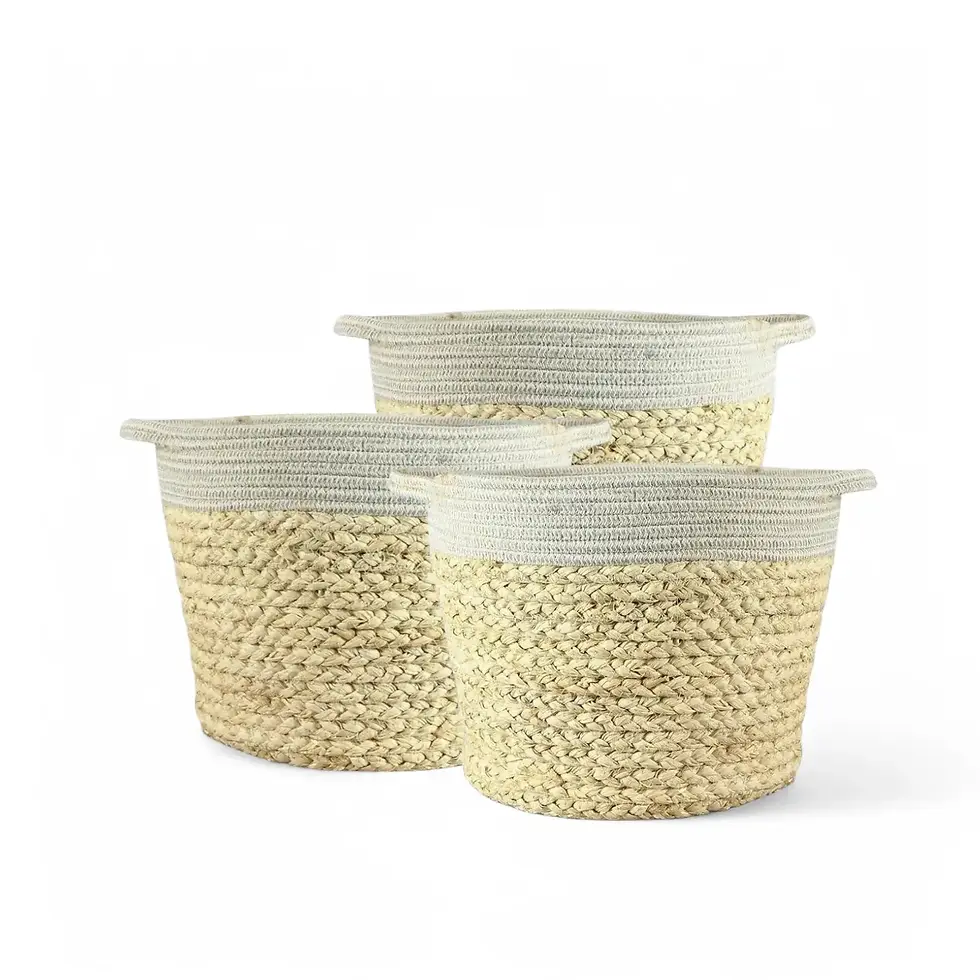Anthurium crystallinum x regale – Bold Hybrid with Velvet Foliage
Deep emerald leaves laced with shimmering silver veins – Anthurium crystallinum x regale is a hybrid that knows how to stand out. With genetics from two of the most iconic velvet-leaf Anthuriums, this plant combines crystallinum’s manageable growth with regale’s size and presence. The result? Massive, heart-shaped leaves with soft velvet texture that catch light from every angle. Young leaves emerge with a bronzy tint and gradually darken, creating a multi-tonal foliage display that changes over time. This hybrid holds its form well indoors, and its sculptural silhouette adds structure to any collection.
Foliage Traits and Visual Impact
- Bold, heart-shaped leaves with pronounced veining
- Velvety surface with soft shimmer
- Mature leaves can exceed 50 cm in length
- Upright growth habit, compact base with spreading foliage
- Strong petioles give the plant a statuesque appearance
Background and Growth Insights
This hybrid originates from cultivated crosses between Anthurium crystallinum, native to Central America’s humid cloud forests, and Anthurium regale, a Peruvian species from higher elevation rainforests. In their habitats, temperatures range between 18–26 °C with consistently high humidity and rainfall above 2000 mm annually. Indoors, Anthurium crystallinum x regale reaches about 60–80 cm in height and width, forming an upright, self-heading structure. Growth is moderate with steady leaf production in stable conditions. Like most aroids, it's considered toxic to pets and humans due to calcium oxalate crystals.
How to Care for Your Anthurium crystallinum x regale
- Placement: Bright, filtered light – no direct sun on leaves
- Watering: Keep substrate slightly moist but never soggy
- Humidity: Prefers 65% or more – use a humidifier in dry spaces
- Temperature: Best between 18–26 °C
- Soil: Loose, chunky aroid mix with bark, perlite, and coco coir
- Repotting: Every 1–2 years or when roots fill the pot
- Fertilizing: Use balanced liquid fertiliser monthly during active growth
- Propagation: Via stem division or node cuttings with aerial roots
- Hydroponics: Thrives in semi-hydro using inert substrates
- Pruning: Remove old or damaged leaves at base with sterile scissors
Troubleshooting and Fixes
- Yellowing leaves: Caused by overwatering or poor drainage – check root health
- Crispy edges: Often a sign of low humidity – boost ambient moisture
- Fungus gnats: Let top layer dry between waterings, use sticky traps
- Thrips or spider mites: Treat with neem oil or insecticidal soap
- Root rot: Repot in fresh, airy mix and remove mushy roots
Extra Tips to Keep in Mind
This hybrid’s thick petioles and large leaves make it a good candidate for light support, especially as it matures. A simple moss pole can help it grow more upright and support larger foliage. Learning where your hybrid originates and how its parent species grow in the wild gives you an edge in recreating the right environment. Mimicking those conditions helps your Anthurium crystallinum x regale move from surviving to thriving.
Etymology
The name Anthurium comes from Greek – “anthos” meaning flower and “oura” meaning tail – referring to the plant’s spadix. Crystallinum references the crystal-like veining on the leaves. Regale means ‘royal’ in Latin, fitting for the majestic appearance of the species. The species crystallinum was described by botanist Heinrich Wilhelm Schott in 1855, while regale was described by Thomas Moore in 1865.
FAQs
How long does it take for new leaves to harden off?
Usually 2–3 weeks. During this time, avoid relocating the plant to prevent stress.
Can this plant flower indoors?
Yes, but blooms are rare and often small. Most people grow it for its foliage.
Does Anthurium crystallinum x regale need a terrarium?
Not necessarily – but if your humidity is under 50%, an enclosed setup or a cabinet can help maintain ideal conditions.
Order today and add Anthurium crystallinum x regale to your collection – bold foliage with hybrid strength, grown for impact.
Selenicereus undatus
Selenicereus undatus is approximately 10 cm tall and comes in a ø 5 cm pot.
























































